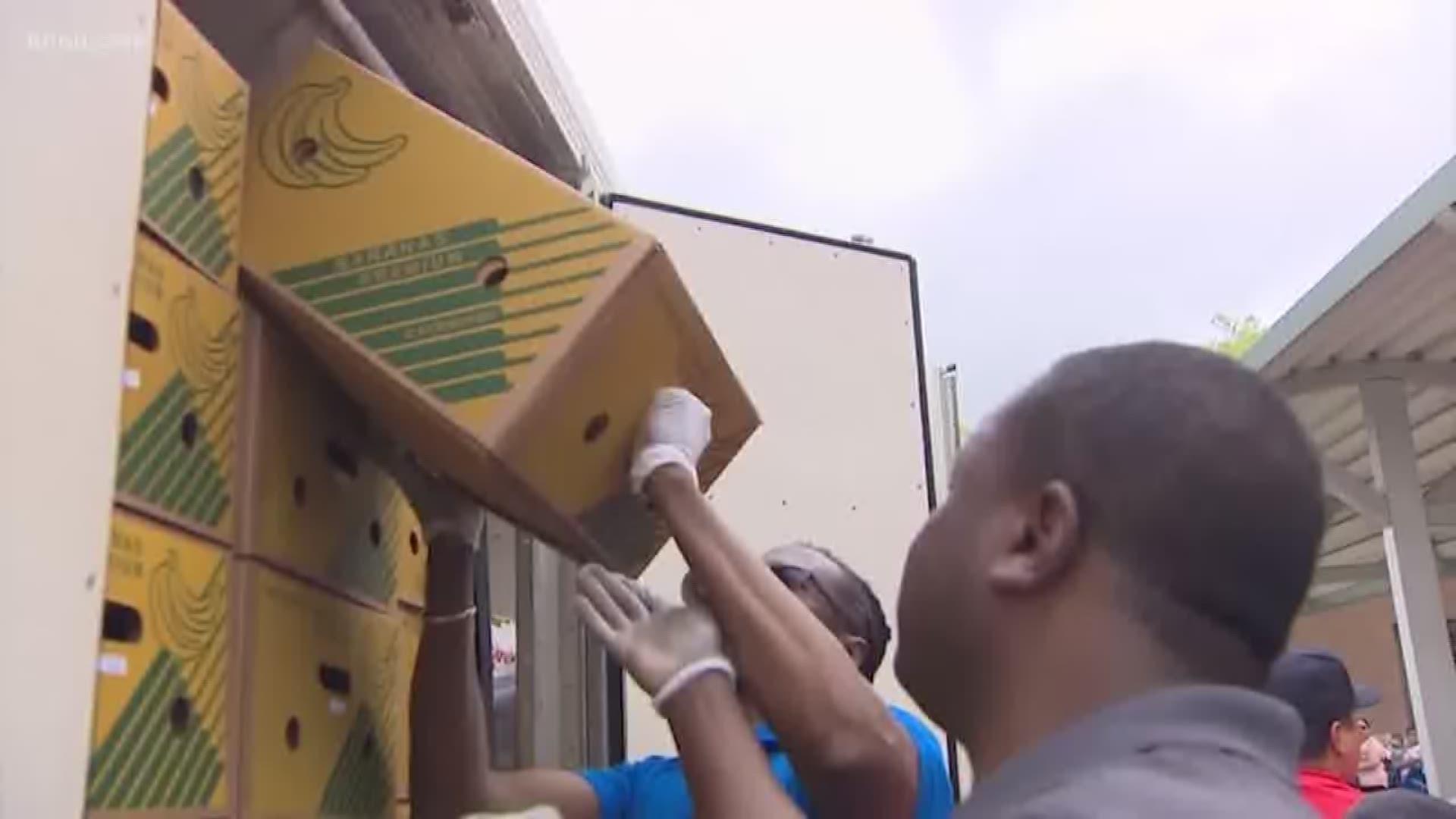AUSTIN, Texas — Gov. Greg Abbott announced Monday morning that he has waived the State of Texas Assessments of Academic Readiness, or STAAR, testing requirements for the 2019-2020 school year.
Additionally, Abbott is requesting that the U.S. Department of Education waive federal testing requirements for the 2019-2020 school year.
Abbott said he is working closely with the Texas Education Agency to ensure that schools continue to deliver instruction to students while students are absent or while schools are closed due to COVID-19.
This includes tailoring instruction for students with special needs so that they have access to the same education as other students in the district.
Abbott said he will continue to work with the TEA on developing additional methods to ensure that students are learning and ready to succeed at the next grade-level.
"Your health and safety are top priorities, and the state of Texas will give school districts flexibility to protect and ensure the health of students, faculty, and their families," Abbott said in a press release. "We will empower schools to make the best decisions to protect their communities from COVID-19."
MORE ON COVID-19
The move to waive testing requirements reflects the governor’s emphasis on public health over all other priorities at this time.
In normal times, Texas’ assessment system provides educators and parents with reliable information on whether or not their students have mastered grade-level content.
Abbott said he remains committed to ensuring parents, students, and school districts have access to this information in future years.
He also said superintendents should continue to prioritize the health and safety of students, faculty, and their families and that their leadership is an important part of our statewide efforts to mitigate the impact of COVID-19 and protect public health.
Coronavirus symptoms
The symptoms of coronavirus can be similar to the flu or a bad cold. Symptoms include a fever, cough and shortness of breath, according to the Centers for Disease Control.
Most healthy people will have mild symptoms. A study of more than 72,000 patients by the Centers for Disease Control in China showed 80 percent of the cases there were mild.
But infections can cause pneumonia, severe acute respiratory syndrome, kidney failure and even death, according to the World Health Organization. Older people with underlying health conditions are most at risk.
The CDC believes symptoms may appear anywhere from two to 14 days after being exposed.
Human coronaviruses are usually spread through...
- The air by coughing or sneezing
- Close personal contact, such as touching or shaking hands
- Touching an object or surface with the virus on it, then touching your mouth, nose or eyes before washing your hands.
Help stop the spread of coronavirus
- Stay home when you are sick.
- Eat and sleep separately from your family members
- Use different utensils and dishes
- Cover your cough or sneeze with your arm, not your hand.
- If you use a tissue, throw it in the trash.
Lower your risk
- Wash your hands often with soap and water for at least 20 seconds. If soap and water are not available, use an alcohol-based hand sanitizer.
- Avoid touching your eyes, nose, and mouth with unwashed hands.
- Avoid close contact with people who are sick.
- Clean and disinfect frequently touched objects and surfaces.
- If you are 60 or over and have an underlying health condition such as cardiovascular disease, diabetes or respiratory illnesses like asthma or COPD, the World Health Organization advises you to try to avoid crowds or places where you might interact with people who are sick.
Get complete coverage of the coronavirus by texting 'FACTS' to 713-526-1111.

